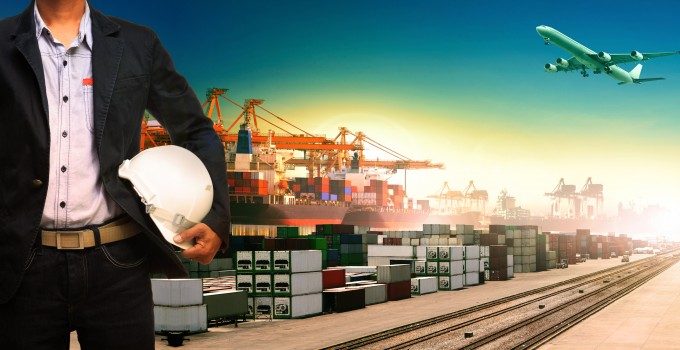Autonomous vehicles: distraction or disruption?
As another year reaches its end, McKinsey has put together a report on changes in ...
WTC: RIDE THE WAVEFDX: TOP EXEC OUTPEP: TOP PERFORMER KO: STEADY YIELD AND KEY APPOINTMENTAAPL: SUPPLIER IPOCHRW: SLIGHTLY DOWNBEAT BUT UPSIDE REMAINSDHL: TOP PRIORITIESDHL: SPECULATIVE OCEAN TRADEDHL: CFO REMARKSPLD: BEATING ESTIMATESPLD: TRADING UPDATEBA: TRUMP TRADE
WTC: RIDE THE WAVEFDX: TOP EXEC OUTPEP: TOP PERFORMER KO: STEADY YIELD AND KEY APPOINTMENTAAPL: SUPPLIER IPOCHRW: SLIGHTLY DOWNBEAT BUT UPSIDE REMAINSDHL: TOP PRIORITIESDHL: SPECULATIVE OCEAN TRADEDHL: CFO REMARKSPLD: BEATING ESTIMATESPLD: TRADING UPDATEBA: TRUMP TRADE

If one mode of transport would seem ideally suited to becoming driverless, it is surely trains, given that they already run on tracks. But according to this Bloomberg analysis, written on the back of a set-piece interview with Union Pacific chief executive Lance Fritz, there is little chance of seeing widespread driverless freight trains anytime soon. US rail companies, which typically own both the infrastructure and the rolling stock, see a better return on investment when they put their money into tracks rather than locomotive technology – partially because in terms of the scale of their businesses, money spent on drivers wages is a comparatively minor aspect.


Comment on this article